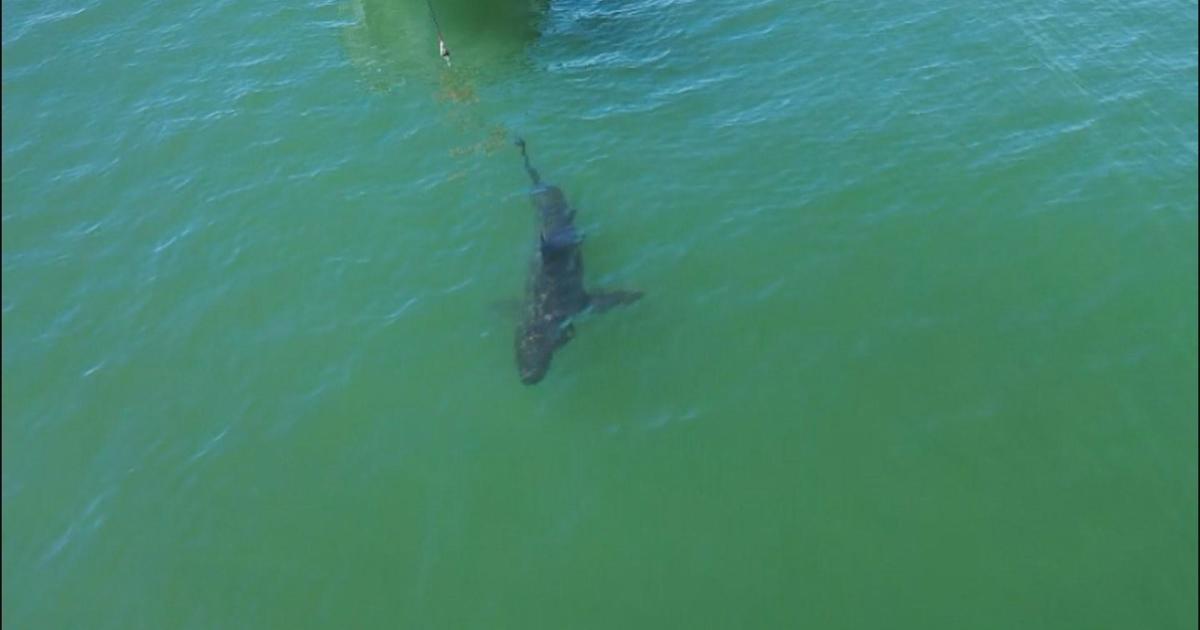Planes May Not Survive Collisions With Small Drones, Testing Shows
DAYTON, Ohio (CBSLA) — Striking new video shows how much damage a small drone can cause when it collides with a passenger plane at high speeds. Researchers at the University of Dayton Research Institute launched a consumer quadcopter drone at a plane wing at 238 mph, simulating a mid-air collision. The results weren't pretty: the drone didn't shatter, but instead tore open the wing, causing internal damage.
"While the quadcopter broke apart, its energy and mass hung together to create significant damage to the wing," said Kevin Poormon, group leader for impact physics at UDRI.
The researchers also shot a mock "bird" created out of gel, weighing about as much as the drone, at a different part of the wing. "The bird did more apparent damage to the leading edge of the wing, but the Phantom penetrated deeper into the wing and damaged the main spar, which the bird did not do," Poormon said.
Last year, a military helicopter was hit by a similar quadcopter drone during flight. The chopper's damage was minimal, and the drone was destroyed. However, the Dayton researchers say bigger fixed-wing aircraft may not fare as well. And, as the popularity of drones grows, the chances of a catastrophic event will also increase.
"There is little to no data about the type of damage UAVs [unmanned aerial vehicles] can do, and the information that is available has come only from modeling and simulations," said Poormon. "We knew the only way to really study and understand the problem was to create an actual collision."
The team at Dayton collaborated with nearby Sinclair College's National UAS Training and Certification Center, which provided guidance on unmanned aerial systems and loaned researchers the airplane wing used in the experiment.



